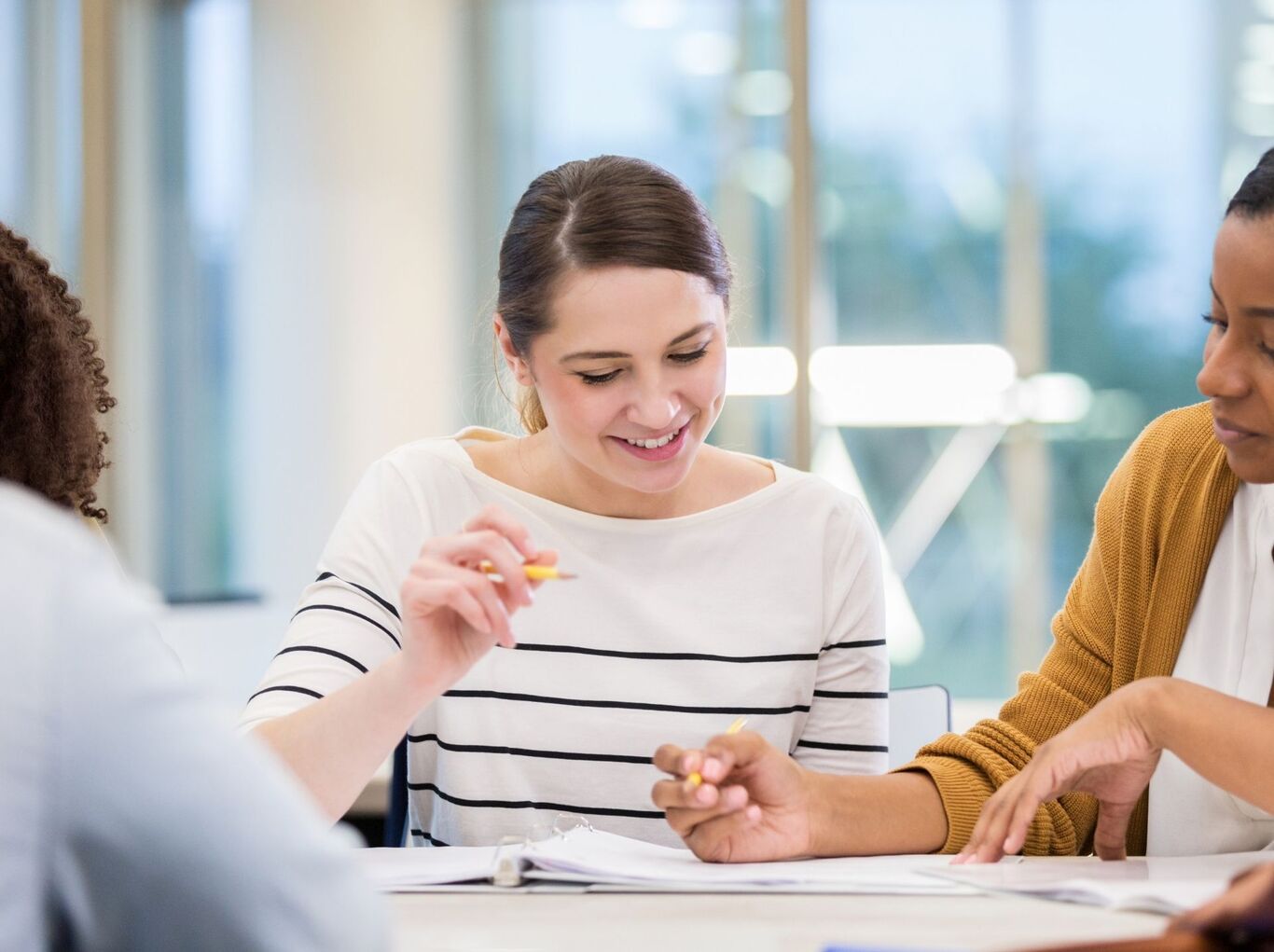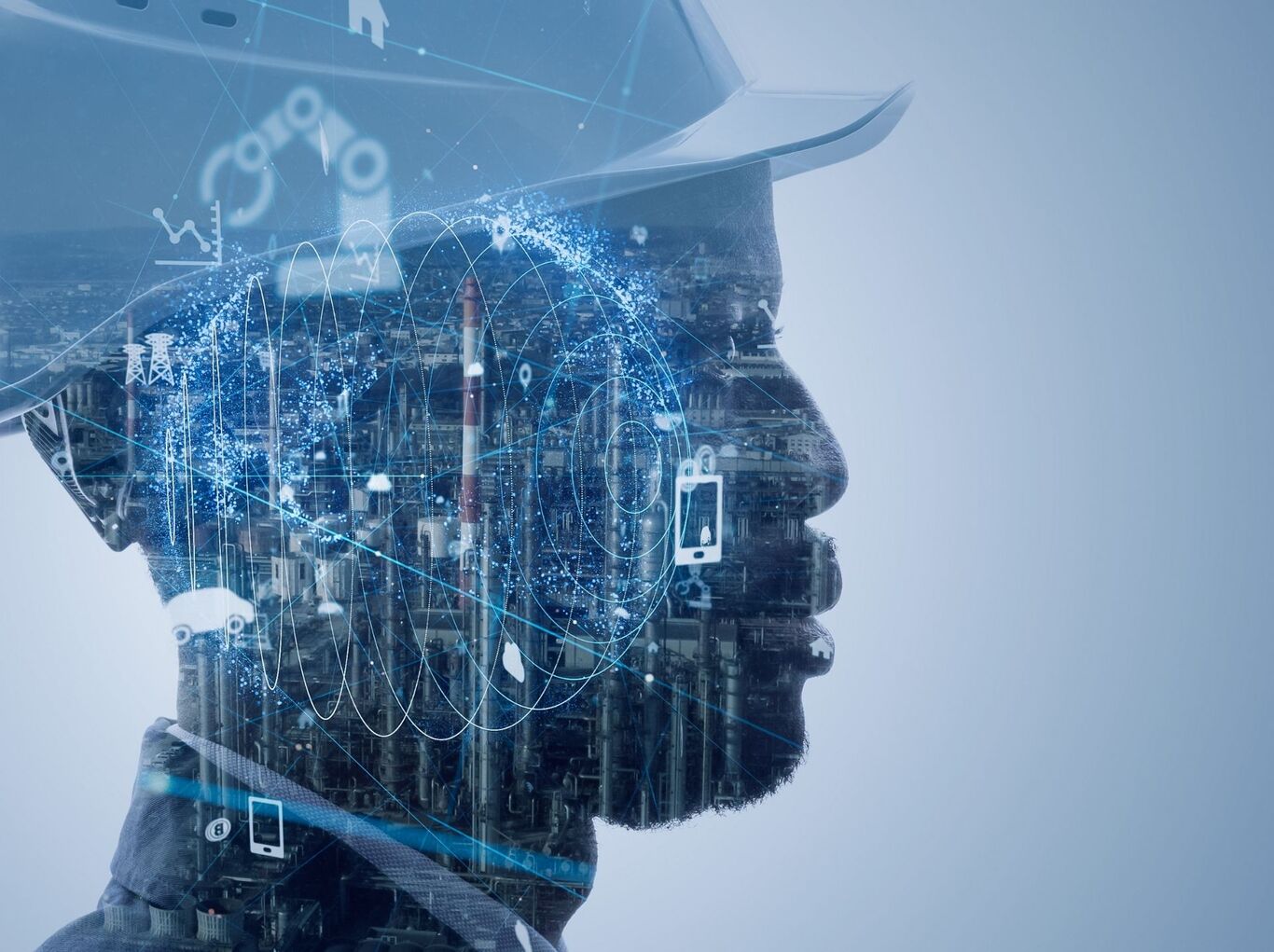Genie 3 and the Rise of AI World Models: What They Are, Why They Matter, and What Comes Next

World models are AI systems that learn to simulate environments so agents can predict dynamics, test actions and rehearse decisions without touching the physical world. Unlike large language models that predict tokens and manipulate symbols, world models internalize physics, object permanence, lighting, motion and cause-and-effect.
That lets an agent ask “if I push this box, where will it land” and receive a plausible simulated outcome. World models are the practical route to training embodied agents, stress-testing policies, and exploring counterfactuals at scale.
What Are AI World Models
A world model is a computational representation of an environment that can be sampled and rolled forward in time. It encodes the state of objects, the rules governing transitions, and the observations an agent would receive while acting. World models can be trained from video, sensor streams, synthetic data or combinations thereof.
Evaluation focuses on three properties: fidelity (how realistic the simulation looks and behaves), temporal consistency (how well the model preserves state over time), and generalization (how well it handles new scenes and actions).
Why they matter practically:
-
They let researchers train and validate agents in edge cases that are expensive or dangerous to create in the real world.
-
They provide embodied grounding that text alone cannot supply; physical common sense and action consequences emerge from experience inside a simulated world.
A key conceptual difference from LLMs: LLMs answer questions about the world using statistical patterns in text. World models answer “what happens next” given an action sequence. The former excels at symbol manipulation and reasoning; the latter at sensorimotor prediction and causal dynamics. Both are complementary building blocks for more capable systems.
What Is Genie 3 And Where It Fits In AI Puzzle
Genie 3 is Google DeepMind’s latest general-purpose world model. It generates navigable, interactive environments on demand from text prompts and supports real-time interaction at 24 frames per second and 720p.
Importantly, Genie 3 maintains short-term visual memory - the model can remember where objects were and retain consistent state across minutes of interaction. DeepMind positions Genie 3 as a step toward scalable embodied agent training and richer generative media.
Demis Hassabis captured the intuition behind integrating agents and world models when he described similar configurations as “basically one AI playing in the mind of another AI.” That phrasing highlights why simulated, interactive worlds are powerful training grounds for agents that must plan and act.
Genie 3 intentionally avoids constructing explicit, persistent 3D meshes for every environment. Instead, it generates environment frames and state on the fly from text and action inputs. This architectural choice prioritizes flexibility and speed over hand-crafted asset permanence, enabling rapid promptable changes such as weather shifts or the insertion of new characters.
Genie 3 In Context: How It Complements LLMs
LLMs are extraordinary at language tasks but have fundamental gaps for embodied control: they hallucinate, struggle with sustained, physically grounded planning, and cannot test actions. World models address those gaps by simulating sensorimotor consequences.
In hybrid systems, an LLM can propose a plan in natural language and a world model can simulate that plan to reveal whether it succeeds and where it fails. That feedback loop reduces risky deployment of untested behaviors.
Practical pairing example:
-
An LLM generates a step-by-step repair procedure for a robot.
-
The robot’s controller executes the procedure inside a world model first.
-
The simulation surfaces failure modes (slippage, occlusion, timing), and the plan is revised before real-world execution.
This separation of “plan in language” and “validate in simulation” is one of the clearest near-term benefits of combining LLMs and world models.
Capabilities & Use Cases of Genie 3
Genie 3 advances several capabilities that matter for research, games, and applied products.
Genie 3’s capability set centers on real-time interactivity, temporal consistency, visual fidelity, and promptable scene editing. These enable longer interactions, richer counterfactuals, and direct use by embodied agents for training and evaluation.
Modeling Physical Properties of the World
Genie 3 models dynamics such as fluids, lighting and deformable terrain so agents and users experience believable, reactive environments.
-
Realistic water and lighting interactions in first-person traversal footage.
-
Environmental forces like wind and waves that alter navigation and object motion.
-
Terrain interactions (e.g., volcanic scree, slippery surfaces) that affect agent locomotion and planning.
For example: A warehouse team simulates wet floors and blocked aisles in Genie 3 to train robots and surface failure modes before real deployment.
Simulating Natural and Fantastical Environments
Genie 3 can produce both photoreal and stylized scenes across ecosystems and imaginary settings.
-
Photorealistic forests, alpine lakes, underwater bioluminescence and urban canals recreated on demand.
-
Stylized animation and fictional constructs such as whimsical creatures, floating islands, and surreal geography.
For Example: A game designer prompts Genie 3 to spawn a medieval village then edits weather and NPC behavior to prototype levels in minutes.
Real-Time Interaction and Short-Term Memory
A defining capability is interactive generation with a memory window that preserves state.
-
Real-time responsiveness at 24 fps for user inputs and agent actions.
-
Visual memory that retains object positions and scene details for about a minute, improving immersion and task continuity.
Promptable World Events and Editable Worlds
Genie 3 accepts text events that alter scenes mid-simulation, enabling “what if” exploration.
-
Change weather, add characters or spawn obstacles through natural language prompts.
-
Expand counterfactual training regimes for agents by quickly generating variations of the same base scene.
Support for Embodied Agent Research
Genie 3 has been used with DeepMind’s SIMA agent to pursue multi-step goals in generated worlds.
-
Agents can execute longer sequences of navigation actions and complex behaviors because environments remain consistent longer.
-
Simulations facilitate curriculum learning: progressively harder or rarer edge cases can be synthesized for safer training.
“Genie 3 is our first world model to allow interaction in real-time, while also improving consistency and realism compared to Genie 2.” - DeepMind blog.
Responsibilities, Limitations
DeepMind describes Genie 3 as a research preview and pairs technical advances with a measured approach to responsibility. Below we present a short framing and then three H3 sections that summarize responsibilities, limitations, and next steps with bullets.
Genie 3’s combination of real-time, open-ended simulation and promptability raises new safety questions - from misuse in creating plausible misinformation to emergent agent behaviors that are unanticipated. DeepMind has placed the model in a controlled preview while interdisciplinary teams study failure modes and mitigation strategies.
Responsibilities
Responsible rollout means limiting access, monitoring for misuse, building filters, and collaborating with external researchers and ethicists.
-
Limited research preview for selected academics and creators to gather diverse feedback and study risks.
-
Ongoing collaboration with a Responsible Development & Innovation Team to analyze emergent safety issues and mitigation strategies.
-
Usage controls and content filters to reduce the chance of generating harmful or deceptive content; limited interaction modes to constrain risky behaviors.
-
Iterative evaluation with cross-disciplinary input before broader access is granted, balancing innovation and public safety.
Limitations
Genie 3 is powerful but constrained. These limitations shape realistic short-term uses and guide research priorities.
-
Limited agent action space: Agents cannot yet perform the full range of actions developers might expect; promptable events are broader than direct agent actions.
-
Multi-agent complexity: Modeling realistic interactions between multiple independent agents remains a research challenge.
-
Geographic fidelity: Real-world locations are approximated and may lack precise geographic accuracy.
-
Text rendering: Legible in-scene text often appears correctly only when explicitly provided in the input description.
-
Interaction duration: Continuous sessions currently span minutes not hours; drift and accumulation of error remain concerns.
-
Not consumer ready: Released as a preview; not available for widespread consumer or industrial deployment yet.
Comparison With Current Alternatives
Genie 3 differs from existing 3D reconstruction and rendering approaches in three ways:
-
On-the-fly generative worlds versus explicit 3D reconstruction (NeRFs, Gaussian splatting): Genie 3 creates scenes frame-by-frame, enabling dynamic, editable worlds rather than a static reconstructed mesh.
-
Real-time interactivity versus offline generation: Genie 3 synthesizes frames quickly enough to respond to user and agent inputs multiple times per second.
-
Promptable environment edits versus handcrafted levels: Designers can alter worlds through natural language rather than rebuilding assets. This lowers iteration time for game designers and researchers.
The tradeoffs are clear: runtime flexibility and promptability at the cost of fully persistent, photogrammetric 3D fidelity.
How Genie 3 Matters for You as a Consumer
You will not run Genie 3 on a smartphone tomorrow. But its influence will reach consumers indirectly and meaningfully:
-
Games and media: Faster level creation, more reactive NPCs and adaptive narratives; users will see richer, procedurally generated experiences in titles and interactive stories.
-
Education and training: Simulated labs, virtual field trips and repeatable emergency drills that are cheaper and safer than real setups.
-
Safer products: Robotics and logistics systems trained in better edge-case simulations will fail less often in the real world, reducing downtime and accidents.
-
Content creation: Creators will be able to prototype immersive scenes quickly, compressing production timelines for short interactive experiences.
For most users the change will be incremental: better-tested automation and more immersive digital experiences rather than an overnight revolution. But incremental gains across gaming, robotics and education compound into notable improvements in safety, reliability and richness of digital content.
GrowthJockey As Your AI Partner
DeepMind’s Genie 3 shows how world models can generate dynamic, interactive environments from training agents to simulating edge cases. For businesses, the real opportunity lies in adapting these advances responsibly. GrowthJockey - Full Stack Venture Builder In India helps enterprises translate such cutting-edge AI research into practical strategies ensuring experimentation is balanced with responsibility, limitations are acknowledged, and next steps drive measurable growth and innovation.
FAQs On DeepMind Genie 3
What is Google DeepMind Genie 3?
Genie 3 is a DeepMind world model that generates interactive 3D-like environments from text prompts in real time, with short-term visual memory, promptable world events and support for embodied agent experiments.
Can I try Genie 3?
No. Genie 3 is available as a limited research preview to selected academics and creators. DeepMind is collecting feedback to understand risks and to design safe rollouts. Wider access depends on the results of those evaluations.
Is Genie 3 available and How to Use It?
Not generally. It is a research preview; broader availability has not been announced. DeepMind states it will explore expanding access to more testers over time.
What are the Genie 3 rules?
There is no public consumer rulebook. Preview access includes usage limits, content filters and oversight to prevent misuse while researchers evaluate behavior and harms. Responsible development practices inform selection of partners and permitted scenarios.








